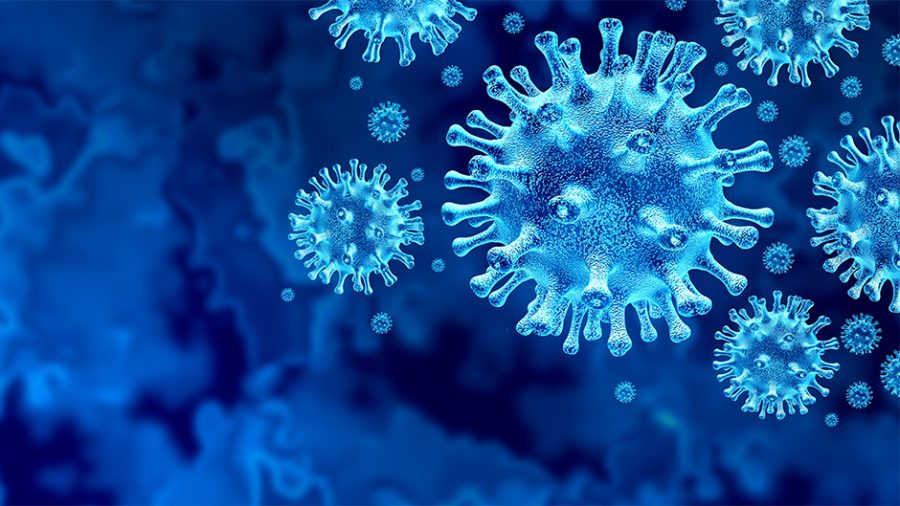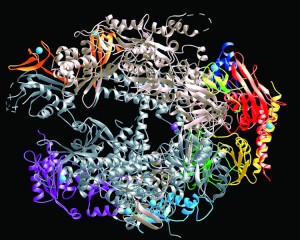
This post was prepared by Anna Pellizzone, a science writer and an independent researcher at the Bassetti Foundation.
Makers
As many of us face lockdown and restricted movement, it is certainly worth thinking about what we ourselves might be able to do from our homes to help in the battle against the COVID-19 pandemic. There are plenty of initiatives around that are pushing technology into new fields, with 3D printing certainly one of the most prominent technologies.
News of respirator valves produced using 3D printers has spread across the world. Thanks to the meeting of three minds, a journalist (Nunzia Vallini, Giornale di Brescia), a Maker from Milan (Massimo Temporelli, FabLab Milano) and an entrepreneur (Cristian Fracassi from Isinnova), pieces required for the machines used in the Intensive Care Department of Chiari Hospital (Italy) are being produced in the hospital itself.
The “3D Printing Unite for COVID-19” forum is another interesting collaboration. Through the forum, makers from across the world share ideas aimed at responding to the emergency. You can read more about the Chiari story there. This is an open-source initiative headquartered in Ireland which aims to resolve the problem of the shortage of ventilators, learn more here in Forbes.
And there is plenty more. João Nascimento runs the OpenAir project, with the aim of finding new, fast, open-source and accessible ways to produce much-needed medical equipment. Lots of interesting stuff here too.
If you are the competitive type (and well set up), the UBORA project, has launched the UBORA design competition 2020, with the title “Open source medical technologies for integral management of COVID-19 pandemia and infectious disease outbreaks”.
Play Your Part
You too can play a role though without technical expertise and home technology by participating in Coronaselfcheck, a platform that works to map data on the spread of COVID-19 through a personal self-check. Check out the privacy and descriptions of aims before you make a decision, but everything is anonymous and helps through mapping contagion.
And of course fold.it, a platform many of you will know, where users who play have been able to help researchers to discover new antiviral drugs that might be able to stop the coronavirus. The most promising solutions will be tested at the Institute for Protein Design of the University of Washington. We are all citizen scientists at heart.
Remaining in the area of protein folding, another contribution that we can all make is to offer our own PC’s computational capacity by downloading and running folding@home – similar to BOINC projects.
There is also a lot of open-source software available that allows the sharing of useful research data. Nextstrain is an open-source application that works to track the evolution of viruses and bacteria, while GISAID is a free open-access platform that promotes the sharing of the genetic sequences of virus genomes such as influenza, bird flu and COVID-19.
And finally check out this article from Wired and you will be in self-isolation heaven.
Keep us informed if you find any others please: anticovid19(at)fondazionebassetti.org
Replace the (at) with an @
Let’s all push and show them what we can do if we all work together.
